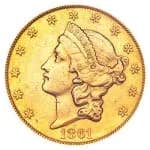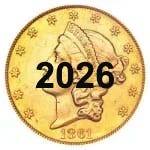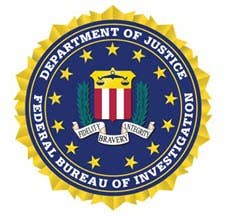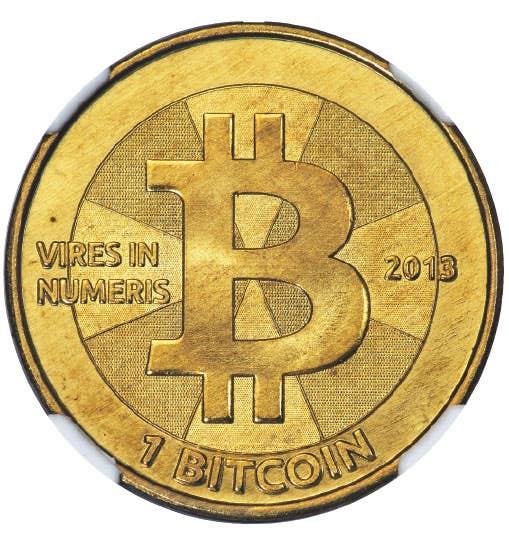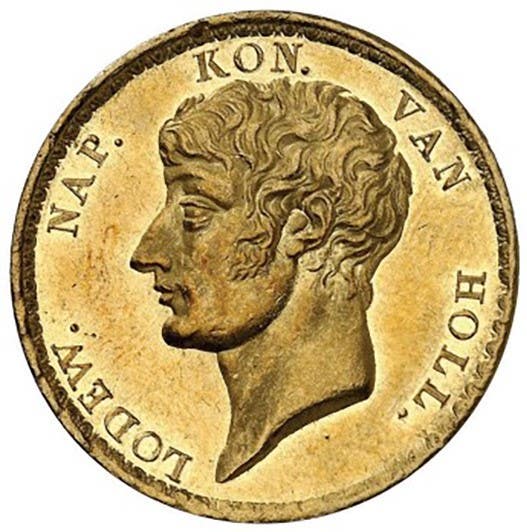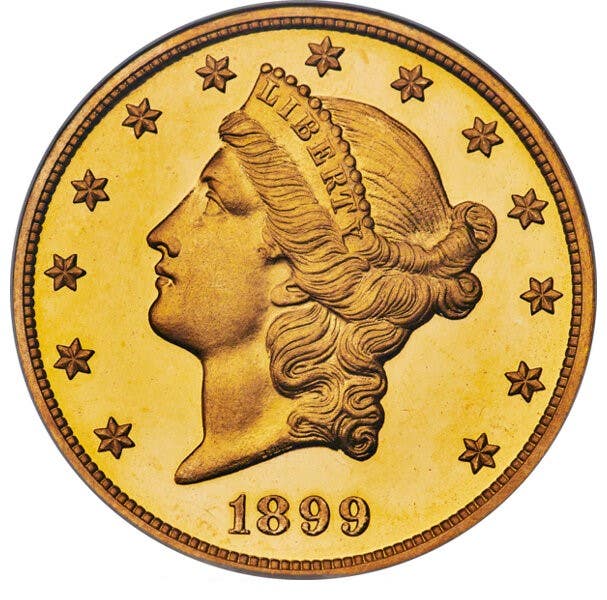The mint-that-shall-not-be-named is back !
In the 776 weeks that I have been a part of the numismatic book staff at Krause Publications, it can be said that I have handled a call in each of those…
In the 776 weeks that I have been a part of the numismatic book staff at Krause Publications, it can be said that I have handled a call in each of those weeks from a member of the public who had bought, or is settling an estate that contains sterling silver ingots or rounds made by the Franklin Mint in the 1960s or 70s. Those folks want to know two things - How much the stuff is worth? and Where to sell it?
A bit of history – The Franklin Mint was formed in the mid-1960s by Joel Segel who brought in Gilroy Roberts (former U.S. Mint Chief Engraver). They presented to the market highly proof quality production for both coinage and sterling silver medal sets. Counties such as Jamaica, British Virgin Islands, Bahamas, Belize all received very nicely designed circulating coinage, and then some very nice proof sets too. But then opportunity came in the way of promotion, and a 20 Balboa (4 ounce, 61mm) Panama coin came about, and 100 dollar gold coins (and in the early 1970s when gold options were generally only Krugerrands these became a good alternative, but by the early 1980s, with gold high these coin types really had low mintages.). The Franklin Mint got out of coins in 1984, sold the presses to the recently formed Pobjoy Mint; however, continued to make chess sets, die-cast models and dolls among other items. However, as output dwindled, the facility was evenually down to 20 employees and was about to close their doors. A 2006 reorganization took place and it is now under new ownership.
So, in the spirit of a new blockbuster movie:
The mint-who-shall-not-be-named…well okay, if they can name Voldermort openly in the fifth Harry Potter Movie, I can say the Franklin Mint, is back!
So, what are those sterling sliver ingot sets worth? Generally the sterling melt spot price less 10%. Sterling has less of a demand in ingot form, and is harder to sell, thus the lower price.
There are a few exceptions – there always are – The 12-piece Boy Scout and Girl Scout sets sell for around $150 each. But the far majority of the others – 50-state flags, steam trains, sailing ships, birds, American History – all generally fall into the nice art, but no resale potential category. The Proof bronze piece have no real metal value, thus can often sell for $3. retail.
Sorry, that is why the IRS offers those who itemize the long-term capital loss line on April 15th.
George ?uhaj

